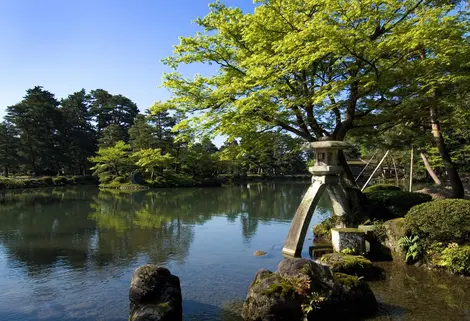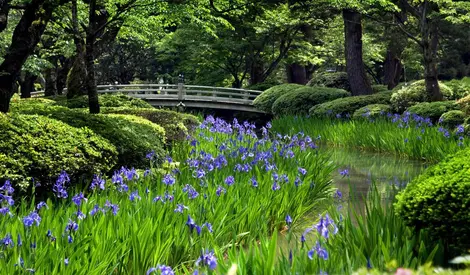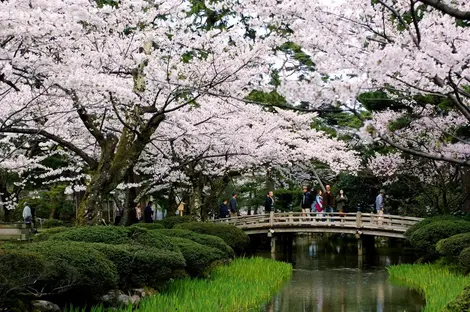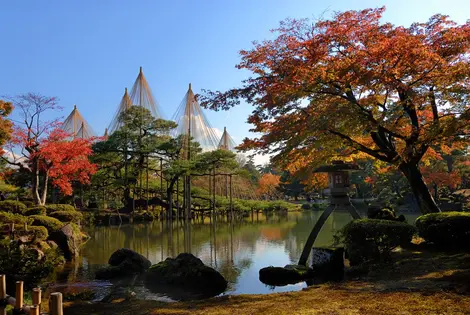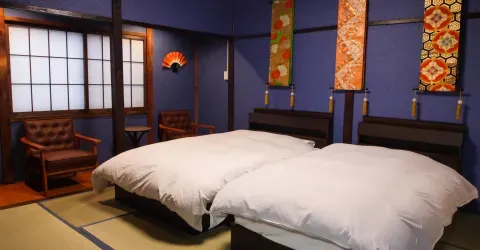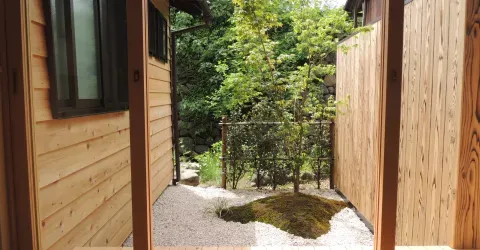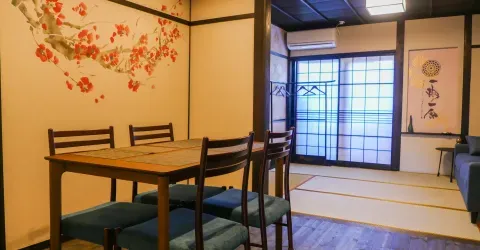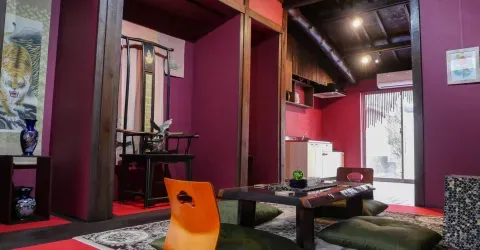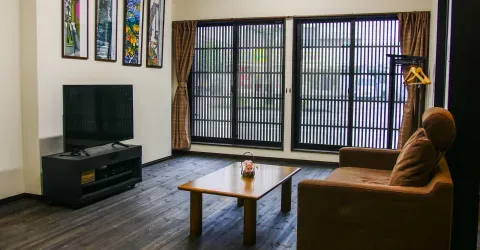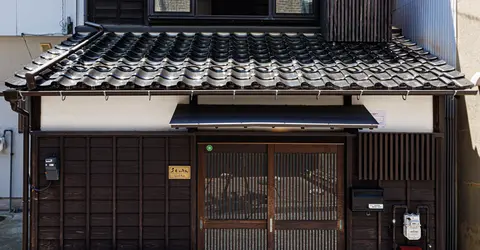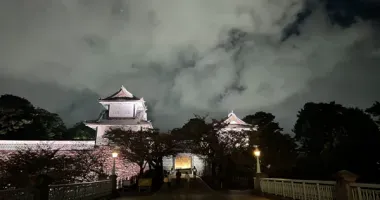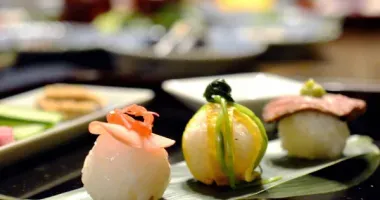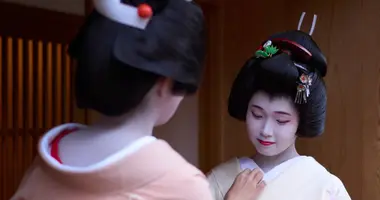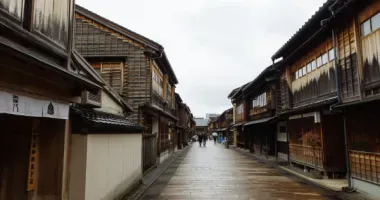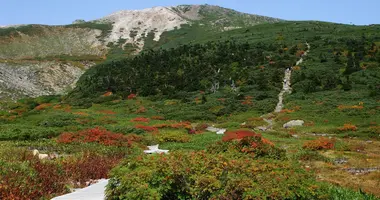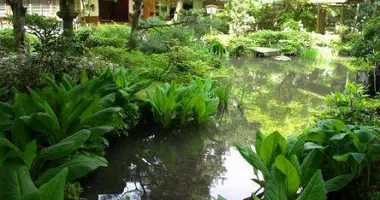Kenroku-en Garden 兼六園
- Published on : 25/09/2014
- by : C.W.
- Youtube
Capital of the six virtues
Nature is dear to the heart of Japanese people. Strongly present in this mountainous archipelago, natural surroundings gave rise to the worship of the seasons by its people. With this in mind, the composition of gardens became an art form.
The year in Kanazawa is punctuated by the seasons flowing through the landscapes of Kenroku-en. At the heart of Kanazawa this garden is not just for tourists, but also plays an important part of Kanazawa's history and culture, it is a symbol of the city. The image of Kenroku-en's famous lantern with its two uneven legs, located in the heart of the garden, can be found in souvenir shops around the city.
Three times two, six.
Located next to Kanazawa Castle Park the street leading to the garden is lined with shops of all sorts. Once you're past the flood of tourists and stores, let yourself be overwhelmed by the tranquility of the "garden with six virtues." Kenroku-en was made by the six ideals of landscape composition. These six principals work in pairs.
The first pair of principles, "space and seclusion," is found easily in the garden area. In the heights of the city, its some 30 acres area removed from the urban bustle, giving a break from the everyday. Even after discovering the great open expanses of Kenroku-en, one can find privacy in discrete corners.
Next, "artifice and authentic" can be found in the concept of a garden stroll. There is a reproduction of nature by using the best science to make the garden seem as natural as possible. Authenticity is presented through the various sculptures and old buildings that dot the boardwalk: lanterns, tea houses, statues...
Finally, the last two concepts of the ideal garden are "water features and views." These two are probably the easiest to find in Japan, and this combination is magnified at Kenroku-en. The main pond, kasumiga-ike, opens onto the city from the top of a hill. The view plunges over and onto the valley, the sea and the surrounding mountains before turning back to this confined Eden with by ponds in various environments.
The palace of the four seasons
In medieval Japan, a garden was primarily a sign of power and aesthetic sensibility, qualities crucial to local leaders. Thus the Lord Narinaga Maeda (1782-1824) designed Kenroku-en in 1822 to make it one of the most impressive gardens in the country.
Today, he is best remembered for his peculiar stone lantern. Kotoji, named because of its shape resembling the wooden piece of a koto (a Japanese stringed instrument), has a precarious balance that is a unique symbol of Kenroku-en. It's presence quickly drowns in the ocean of wonders unfolding under one's feet.
The constantly changing scenery never gets old as new seasons come and go. The warm colors of the maple trees blush with the garden bathed in a soft autumn light. In winter, rope umbrellas (yukitsuri) cover the trees to protect them from heavy snow. Giving the trees a dance-like look, a thick white layer of snow absorbs all sound in a magical atmosphere. Spring brings light and color to the landscape, where plum and cherry blossoms explode like fireworks. Finally, although the summer heat can be hard to deal with, the bright colors of the irises and azalea bushes are a great reward for those who brave the heat.
So you need not ask, "Which season is best to visit Kenroku-en?" All are suitable to admire the beauty of this garden. One thing is certain: Kenroku-en did not steal the title of the country's most beautiful garden. It is shared with Koraku-en in Okayama and Kairaku-en in Mito!
Interested in the gardens? Do not hesitate to book our activity dedicated to the historic garden of Tokyo.






